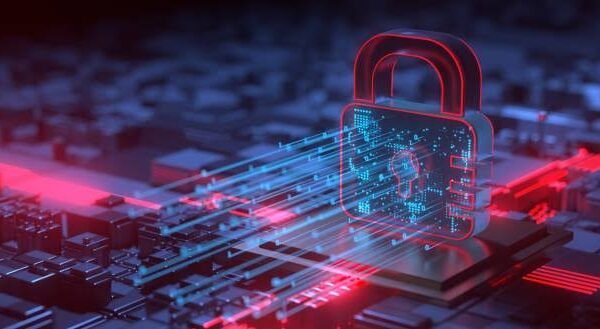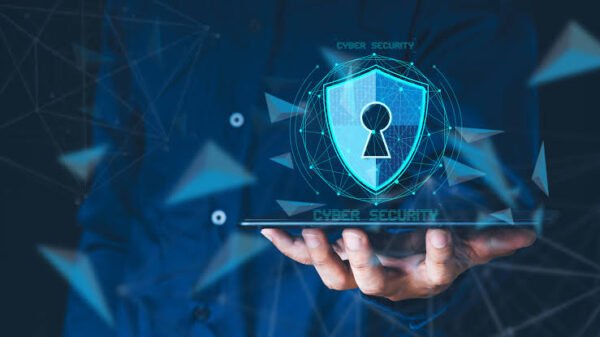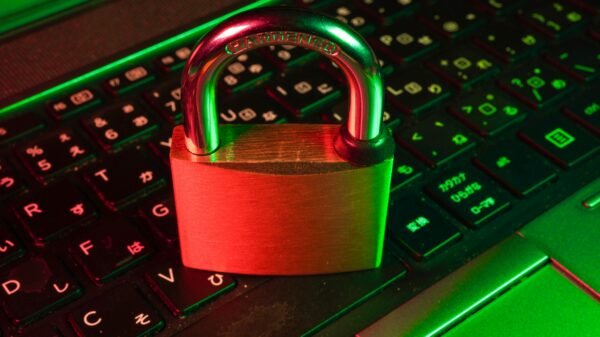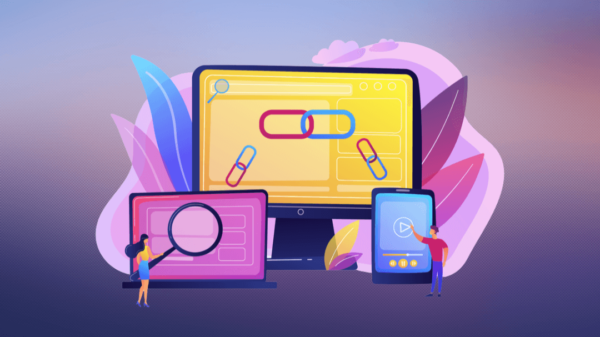A cyber attack is a criminal act where hackers use computer technology to steal personal information, destroy systems, or disrupt operations. These attacks can happen in the workplace when employees are using company computers for personal reasons, when hackers target a specific company with malicious intent, or when malware infects a network and passes on without notice. A successful cyber attack can have devastating effects on a company’s reputation, financial stability, and customers’ trust in them.
Here are some things you can do to protect your business against these attacks.
Just a few short years ago, cyber security was a niche pursuit for tech geeks and specialists. Today, it’s essential to have a robust cyber security strategy in place to protect your business from hackers and viruses. Cyber security is a never-ending battle for both the individual and the company. The evolving nature of cybersecurity threats and challenges makes it difficult to stay one step ahead. And with cybercriminals constantly coming up with new ways to steal your data, there’s no better time to start thinking about how you can protect yourself. Despite this, there are many steps you can take now to make sure you’re as safe as possible.
Cyber security is a concern for everyone. The number of cyber threats is growing exponentially, and it’s not going to stop anytime soon. In 2020, organizations in the United States reported a total of 1,401 data breaches, which cost them over $11 billion. The increase in cybercrime has also been attributed to the rise of IoT devices, which are now capable of being hacked and turning your entire home against you.
The good news is that there are ways to make yourself less vulnerable to these attacks, and if you follow these 10 steps, you will be well on your way to protecting yourself from becoming a victim.
Here are 10 tips you can use now to protect your data, privacy, and systems from cybercrime in 2022.
- Network Security
- User Education and Awareness
- Malware prevention
- Removable Media Controls
- Secure Configuration
- Managing User Privileges
- Incident Management
- Monitoring
- Home and mobile working
- Personal Awareness
Network Security :
In the modern world, network security is more important than ever before. With the rise of technology and the use of digital devices for both personal and business use, the need for secure networks has never been stronger. In today’s digital world, it’s hard to feel secure. Every time you connect to a website or smartphone, there is a chance that your information could be compromised. For those who work in the field of cybersecurity, this can be a difficult reality to live with. But for those who are just trying to surf the web safely and securely, it can be downright terrifying. Fortunately, everything doesn’t have to be doom and gloom!
Network security is the concept of protecting a computer network from damage by hackers, cybercrimes, and natural disasters. It is a broad term that includes many different aspects, such as physical security measures to protect the building in which a server is housed, firewalls to block unauthorized access to data transmitted across an internet connection, and antivirus software to detect and prevent unwanted intrusion from malware. Network security seeks to identify network vulnerabilities and either monitor them or make them inaccessible. Network security is an ongoing process in which vulnerabilities are continually monitored and addressed. One needs to be aware of how access control can be used as a service to provide authentication and authorization for computers on a network.
User Education and Awareness :
Employees need to be educated about cyber security and some measures they can take to protect themselves against cyber attacks. Frequent training sessions and webinars can be conducted to spread awareness among the employees.
Malware prevention :
Malware is a term that refers to any malicious code designed to disrupt computer operation, gather sensitive information, or gain access to private computer systems. Malware is one of the most common methods for hackers to infiltrate personal information created by hackers who are often looking for ways to steal valuable data. With the rise of the Internet of Things, malware has become more prevalent. With the internet, you are never more than a few clicks away from malware. Every time you log on to the internet, you are potentially at risk of getting infected with malware. Malware can steal your data and cause problems for your computer.
Luckily, there are some steps that you can take to protect yourself from malware attacks. To avoid getting infected by malware, follow these tips:
1) Download software updates when they’re available.
2) Use anti-malware programs on your phone and computer frequently.
3) Keep your operating system up-to-date.
4) Avoid clicking on suspicious links or attachments in emails or messages from unknown people.
5)Scan files before opening them.
6)Change passwords frequently
7)Delete any email attachments that you’re not expecting.
8)Use different usernames and passwords for every account
Removable Media Controls:
The Internet of Things has opened new doors for cybercriminals. It’s a target-rich environment, with everything from smart thermostats, to self-driving cars, to the security systems in our homes all vulnerable to attack. The more devices we connect to the internet, the greater the risk of our security being breached. One of the most significant new risks is removable media devices such as USB drives and SD cards that can be easily lost or stolen. If you’re going on vacation this year, don’t forget to disable your removable media!
Another measure you can take is controlling physical access or preventing removable media from being inserted into your device. A malicious program could be stored on a USB drive, CD-ROM, or DVD-ROM and used to infect your computer when you insert it into the device.
Secure Configuration:
Cybercrime does not discriminate, and it will affect any business at any time. The only way to keep your business safe is to make the necessary changes to the configuration of your systems. All companies need to undergo a vulnerability assessment scan regularly – ideally every 3-6 months – to make sure that they are protected against cyber attacks.
Managing User Privileges :
To maintain a solid cyber security strategy, it is really important to limit the number of privileged accounts. Revoking the permissions granted on a timeless whenever some permissions are not needed is to be taken care of, also control access to activity and audit logs
Incident Management:
Cyber-attacks or incidents can be extremely costly, and sometimes even devastating. The effects of a cyber attack could go on for years, not just days. What can your business do to prevent such breaches? Here are some tips to help you handle cyber incidents when they happen.
1) Assign a trained and qualified incident response team: It’s important to have a group of people in place who will be able to take the appropriate action when an incident occurs. They should understand how data is collected and what steps need to be taken in the event of a breach. This team will also work closely with other teams in the company such as IT and Legal.
2) Consider whether or not you want end-to-end encryption for data: End-to-end encryption means that only the sender and receiver know what is being said; no one else can read it because it’s encrypted, which means there’s no chance of data leaks. After all, it is protected from outside access.
It is crucial for organizations to be prepared for such attacks and to know how to react in case they get hacked.
Monitoring:
Continuous monitoring of systems and networks. Analyzing logs for unusual activity that can lead to an attack and countermeasures are to be taken care of.
Home and mobile working:
With Work from home being all around the world currently, it is important that the employees have to adhere to a common working policy as designed by the company
Personal Awareness :
One needs to be aware of what are the possible attacks and how one can save themselves from the cyber attacks. Instead of relying on company training and webinars, one can personally have a look at what is happening in the cyber security world and keep themselves up to date on how they can protect themselves from being attacked.




























































